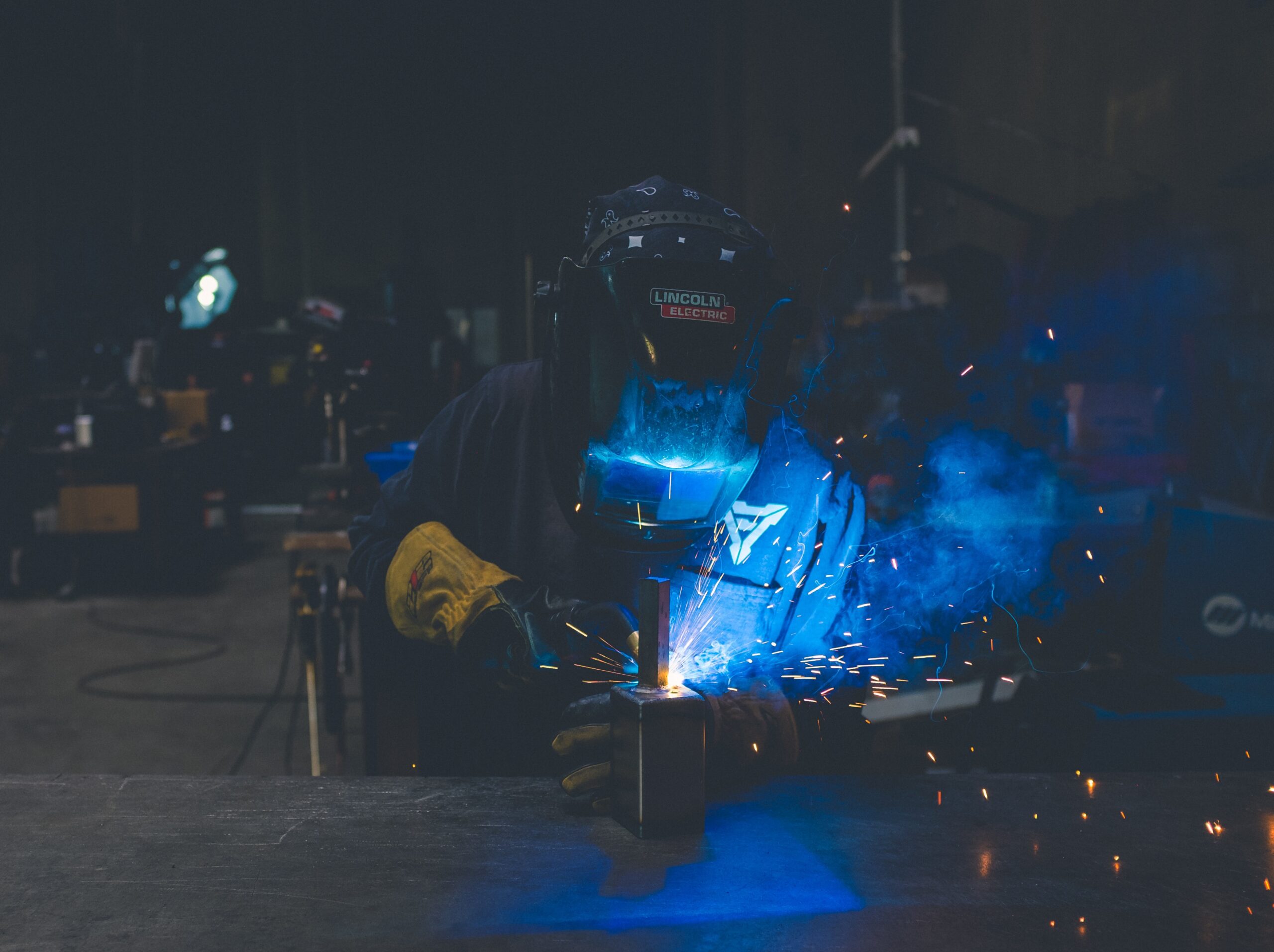
Posted on November-11-2023
Welding isn’t just reserved for metals. Glass, a brittle and transparent material, can also be joined or repaired using specialised welding methods. If you’ve ever wondered about the different techniques used to weld glass, you’ve come to the right place! In this blog post, we will cover three primary types of glass welding techniques: fusion welding, ultrasonic welding, and microwave welding.
Fusion welding is the most traditional method used for joining pieces of glass. As the name suggests, it involves the fusion or melting of two glass pieces to form a single entity.
In fusion welding, the edges of the glass pieces to be joined are heated until they melt. Once in a molten state, the pieces are pressed together, allowing them to fuse as they cool and solidify. This technique is commonly used in hand-blown glass artistry and some industrial applications.
– Produces clear and nearly invisible joints.
– Highly effective for creating artistic pieces.
– Does not require external filler materials.
Art: Many hand-blown glass artworks, such as vases, sculptures, and ornaments, rely on fusion welding to achieve seamless transitions between joined pieces.
Laboratory Apparatus: Scientific instruments, like certain types of flasks, tubes, and other glassware used in labs, may require fusion welding for precision and clarity.
Repair Work: Broken or damaged glass pieces, especially those with clean breaks, can be repaired using fusion welding to regain their original form.
Ultrasonic welding is a more modern technique that uses ultrasonic acoustic vibrations to create a solid-state weld. It does not involve the melting of the glass.
In this method, the glass pieces are held together under pressure. Ultrasonic vibrations (high-frequency sound waves) are then applied, generating heat due to intermolecular friction. This localised heat causes the glass pieces to bond at the contact points.
– Quick welding process, often completed in seconds.
– Does not require external heat, reducing energy consumption.
– Produces strong and durable joints.
– Suitable for bonding glass to other materials like certain plastics.
Electronics: Ultrasonic welding can be used to bond glass displays to plastic or metal frames in devices like smartphones and tablets without risking heat damage to sensitive components.
Medical Devices: Certain medical apparatus, especially those which involve the fusion of glass to plastics or other materials, benefit from the precision of ultrasonic welding.
Optical Components: Lenses or other optical components that need to be bonded to frames or casings without the introduction of impurities or bubbles often use ultrasonic welding.
Microwave welding is an innovative technique where microwave radiation is employed to weld pieces of glass.
Microwave energy is focused on the area where the glass pieces need to be joined. The energy causes the glass molecules to vibrate rapidly, producing heat and leading to localised melting. Once cooled, a bond is formed between the glass pieces.
– Provides precise control over the welding area.
– Energy-efficient as it directly targets the welding zone.
– Reduces the risk of thermal stresses in surrounding areas.
Research and Development: Given its precision and localised heating, microwave welding is often employed in research settings to join or repair delicate glass components.
Industrial Manufacturing: In scenarios where multiple glass components need to be welded rapidly and consistently, microwave welding offers an efficient solution.
High-Tech Devices: Advanced technology gadgets, especially those that involve sensors or require transparent interfaces, might utilise microwave welding for joining glass pieces without damaging embedded circuits or components.
While all three methods have their unique advantages, the choice of technique often depends on the specific application and desired results:
Artistry vs. Industry:
Fusion welding, being more traditional, is commonly used for artistic projects, while ultrasonic and microwave welding are often preferred for industrial applications due to their precision and speed.
Bonding Strength:
Ultrasonic welding often provides superior bond strength, making it suitable for applications where durability is essential.
Energy Consumption:
Microwave and ultrasonic welding techniques are generally more energy-efficient compared to fusion welding, as they directly target the welding zone without excessive heat dispersion.
Versatility:
Ultrasonic welding stands out for its ability to bond glass to other materials, widening its application range.
We hope our blog has helped you gain an understanding of the different types of glass welding. Arc Welding Services have over 40 years of experience in the welding industry and supply a wide range of welding equipment. Take a look at our new equipment, or if you are looking to hire equipment for a short project, we offer that too!
If you have any questions or queries about our welding equipment services, please do not hesitate to get in touch with our expert team. Please complete our enquiry form or give us a call on 0121 327 2249.